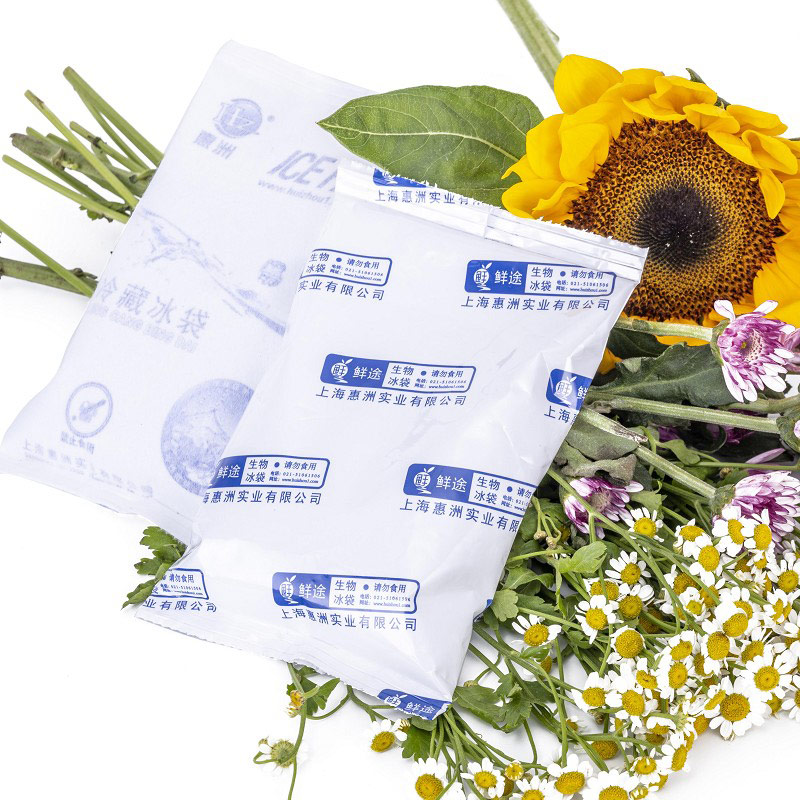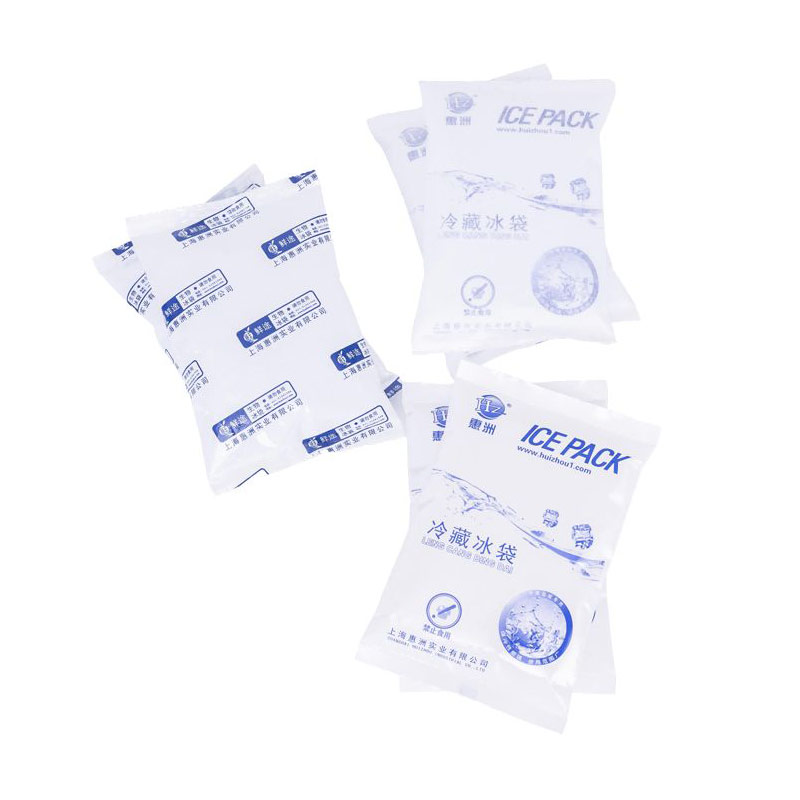How Long Do Gel Ice Packs Keep Food Cold?

Why the Wide Range? 5 Factors That Matter
-
Pack Chemistry & Size – High‑performance PCM gels (< −10 °C phase change) hold chill longer than standard water‑based gels of the same weight.
-
Insulation Quality – A double‑wall PEVA lunch bag loses cold twice as fast as a vacuum‑panel cooler.
-
Ambient Temperature Swings – Expect a 15 % drop in hold time for every 5 °C (9 °F) rise in outside temperature.
-
Load : Cold‑Mass Ratio – Fill at least 25 % of the cooler’s volume with frozen gel packs for full‑day outings.
-
Pre‑Conditioning – Chill food and the container itself overnight; warm items can consume up to 30 % of the pack’s latent energy.
Pro Tips to Extend Cooling Time
Layer Like a Pro
Alternate gel packs and food in “cold walls,” keeping packs on the sides and top; cold air sinks, so a top layer dramatically slows warming.
Block + Gel Combo
Place one large ice block at the bottom for sustained chill and gel packs around fragile foods to prevent freeze damage.
Beyond 24 Hours?
Switch to dry ice or freeze water bottles solid—both outperform gel when the trip exceeds one full day.
2025 Market Snapshot
-
The gel ice pack market will reach USD 14.69 billion in 2025, expanding at 17.5 % CAGR on the back of outdoor recreation and last‑mile grocery delivery growth.
-
Recent bench tests show modern gel formulas (e.g., Cooler Shock) can keep drinks below 5 °C (41 °F) for nearly 48 h inside a midsize hard cooler—doubling 2020 performance baselines.

Quick‑Fire FAQ
| Question | Fast Answer |
|---|---|
| Are gel packs food‑safe? | Commercial packs use non‑toxic, sealed formulas; discard if punctured. |
| Can I refreeze them indefinitely? | Yes—most brands rate for 100+ freeze/thaw cycles. |
| Do they sweat like ice? | Minimal condensation; gels absorb melt water, reducing mess. |
| What if I need sub‑zero temps? | Choose −21 °C PCM packs or add dry ice for frozen goods. |
Food use gel ice packs are typically made using a mixture of water and a polymer substance, which results in a gel-like consistency. The gel is then sealed in a leak-proof plastic bag. The materials used in gel ice packs are commonly considered safe for contact with food, but it's crucial to ensure they are specifically labeled as food safe.

Food safety regulations vary across different regions, but manufacturers typically follow guidelines set by authorities such as the FDA (Food and Drug Administration) in the United States. These guidelines govern the materials used in the production of gel ice packs to minimize any potential health risks when used with food.
When purchasing gel ice packs, it's crucial to look for labels indicating that they are FDA-approved or deemed food safe by relevant authorities in your country. These labels ensure that the gel inside the pack meets specific safety standards and is suitable for use near food products. Always check for proper certification and avoid using gel ice packs that lack such labeling.
Post time: Oct-02-2023